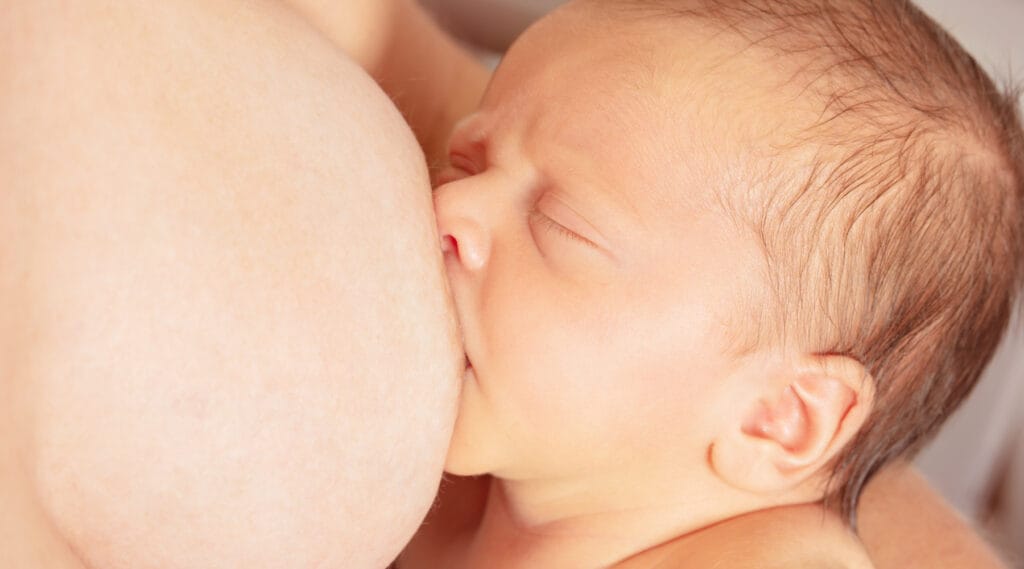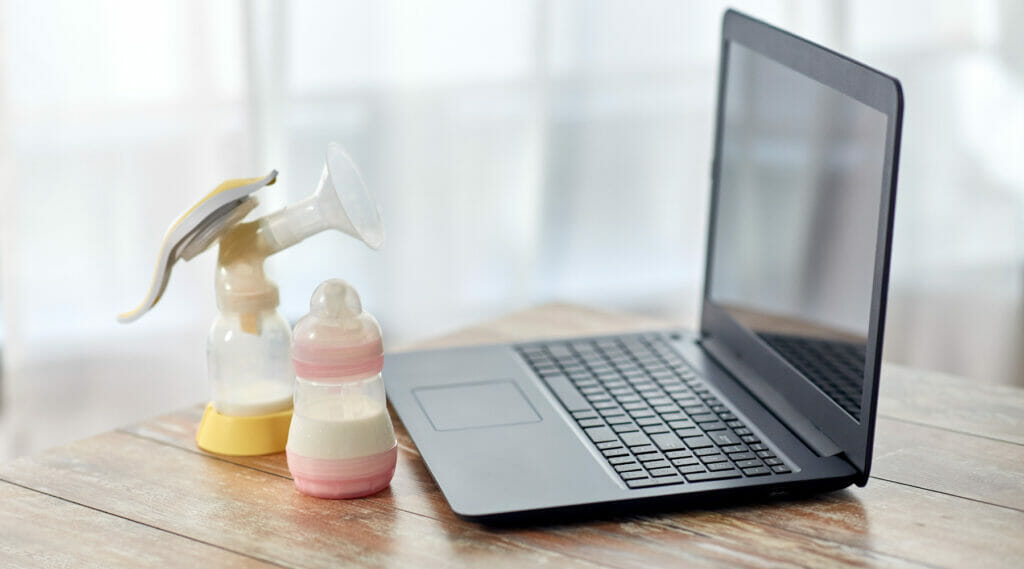Did you know mastitis care and management has changed recently?
The Academy of Breastfeeding Medicine, an international organisation of medical doctors who support breastfeeding have released NEW mastitis guidelines acknowledging that previous standard treatment strategies may have been exacerbating mastitis.
The NEW changes debunk the theory of “clogged ducts” that led to women trying to “empty” their sore breasts by feeding their babies more regularly or pumping.
It’s now believed that mastitis is caused by a narrowing of the milk ducts that can occur when milk flow is restricted by inflammation. This occurs when too much milk is being produced.
The lumps that women with mastitis might feel in their breasts are a build-up of fluid linked to this inflammation,
What is mastitis?
Mastitis is an inflammation of the breast that can lead to infection and is suspected to affect up to 20% of breastfeeding mothers.
Mastitis can feel like you:
- have the flu;
- you may feel hot and have body aches and pains
- As well as longside a red, sore area on the breast.
It is a complicated and painful condition that can (rightly) contribute to early cessation of breastfeeding.
Thanks to evolving research and understanding, we now have some updated recommendations to help prevent the condition and encourage it to pass quicker.
(NOTE: On day 3 or 4 when your milk starts coming in and your breast hardens or becomes firm this is natural occurrence lead by hormones – follow the ABA guidelines for initial breastfeeding).
Let’s talk about the new mastitis advice in detail…
1. The first recommendation promotes breastfeeding on demand equally on both sides.
OLD: In the past, a common approach to dealing with blocked milk ducts was repeated feeding on the affected side.
However, recent findings suggest that this can perpetuate the cycle of hyperlactation and actually worsen inflammation.
NEW: The advice is to feed normally on both breasts
2. The second recommendation is to limit the use of breast pumps
The frequency and volume of milk expression have undergone a significant shift in recommendations.
OLD: Previously, pumping was often encouraged to “empty” the affected breast after a feed.
NEW: the new advice is to limit pumping where possible – only pump if you miss a feed and only pump what your baby would consume. It is recommended to hand express a small amount for comfort only.
REMEMBER: This recommendation on pumping is for mastitis management only, if you are undersupplied or have attachment issues and your midwife, lactation consultant or health care professional advises you to pump regularly to meet the supply needs of your baby please continue to listen to them (you still need to ensure your supply is matching your babies needs and the milk is being removed effectively).
3. The third recommendation is to opt for lymphatic drainage over deep tissue massage.
OLD: Squeezing and deep tissue massaging of the breast has been recommended in the past to alleviate blockages.
Unfortunately, this can lead to increased inflammation and potential injury. Avoid deep massage or electric toothbrushes and other commercial vibrating or massaging devices.
NEW: The new advice is instead, a gentler approach called manual lymphatic drainage is now preferred (see figure 21 below). This technique involves lightly sweeping the skin from the nipple to the armpit, or lightly sweeping in a circular motion aiming to unblock the duct without causing harm.
4. The fourth recommendation is cold over heat
OLD: previously heat pack and hot showers were encouraged
NEW: it’s now recommended to use ice and cool to soothe inflammation (If we reduce the swelling milk will flow!)
Interestingly…There may have been something in the age-old treatment of cold cabbage leaves for mastitis, with the new protocol acknowledging that while cabbage is no more effective than ice, its cooling effect might deliver some therapeutic benefits!
5. The fifth recommendation is around antibiotic use
OLD: If you developed a fever or redness on their chest, women were told to see a doctor immediately where antibiotics might be prescribed.
NEW: women are now urged to seek medical help if they don’t start to feel better, or get worse, within 12 to 24 hours of following the new strategies.
The fever and chills that often accompany mastitis are now thought to be symptoms of an inflammatory response and not necessarily an infection.
Over-the-counter medication such as ibuprofen and paracetamol can help with pain relief and inflammation.
Sunflower or soy lecithin 5–10 g daily by mouth may be taken to reduce inflammation in ducts and emulsify milk. Antibiotic use is only recommended if mastitis transitions to bacterial mastitis.
Things to keep doing when it comes to mastitis management:
- Avoid underwire bras and ensure feeding bras are supportive are the correct size
- Ensure correct attachment to the breast when you’re feeding – effective removal of milk will prevent inflammation
- If you’re experiencing mastitis REST, only focus on feeding and your recovery, eat nutritious anti-inflammatory food, stay hydrated and sleep – if there’s ever a time to ask for help this is it.
- Utilise therapeutic ultrasound by a professional as needed
Remember, these changes are based on the latest research and understanding.
If you’re experiencing any difficulties or have concerns, please consult with a lactation specialist or healthcare professional who can provide personalised guidance and support.
The Dr Golly Sleep Program has guidelines on all breastfeeding issues, including engorgement, undersupply, damaged nipples etc. – the updates listed above are in relation to the changes to mastitis management only.


